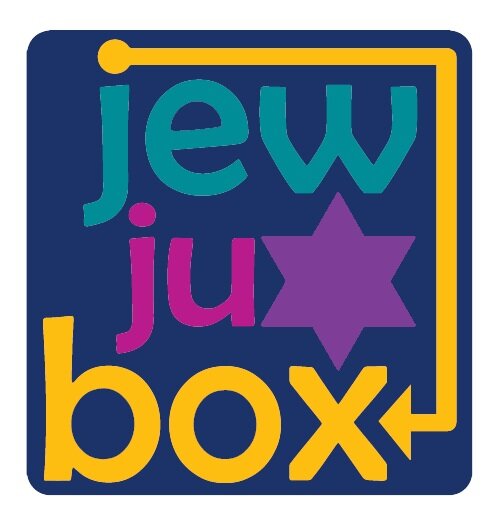What does Haggadah mean?
“Haggadah” is a Hebrew word that means “telling” in the sense of “recounting”. As such, it’s also the name of the book that is used during a Passover Seder to guide participants in the retelling of the exodus from Egypt and the rituals associated with this retelling. (“Seder”, by the way, means “order” (as a noun), because the traditional rituals, retelling, and meal are meant to take place in a particular order.)
Here are some interesting facts about the Haggadah.
1) Anyone can write one. Unlike most liturgy that passes through committees of scholars before being published, as long as a Haggadah has all the required elements for a Seder, it’s legit regardless of authorship. If you’d like to see the richness of what contemporary Haggadot (plural of Haggadah) look like, or try your hand at creating your own, check out Haggadot by Recustom, at Haggadot. Com.
2) According to the Jewish Book Council (https://www.jewishbookcouncil.org/pb-daily/a-brief-history-of-the-haggadah), the earliest that a complete Haggadah could have been created is 170 CE, as Rabbi Yehudah bar Elai (aka Rabbi Judah) is mentioned, and he lived around that time. But parts were added and taken out and rearranged until sometime in 700 – 800 CE.
3) Also according to the Book Council, it was probably sometime in the mid-1200’s or so before Haggadot were printed as separate books, rather than as part of general Siddurim (prayer books).
4) Moses isn’t mentioned in the Haggadah, although he’s certainly a star of the Exodus story in the Torah. There are many explanations as to why, most of them related to the Rabbis’ desire to put the emphasis on God rather than one man, in the story of our redemption from slavery.
5) The oldest surviving illuminated Haggadot are the Birds’ Head Haggadah (Ashkenazic), made in the 1300s in German, and the Golden Haggadah (Sephardic), made in 1320 somewhere in or around Spain.
We went looking for a simple, accessible, and inclusive Haggadah to include in our Seder Box. When we couldn’t find what we needed, we made our own! Here’s what one customer had to say about them:
“A non-Jewish participant had never been to a Seder before, and his comfort was palpable!
My daughter-in-law, at only her 7th Seder, was so comfortable that she even joined in the Hebrew prayers and tunes via the transliteration! And my step-mom exclaimed at the end: I have never sat through to the actual conclusion of the seder having gone through the whole Haggadah!”
Shop our Pesach collection to buy them as part of our very special Seder Box, or on their own. . Or buy one as a download and check it out before deciding.




